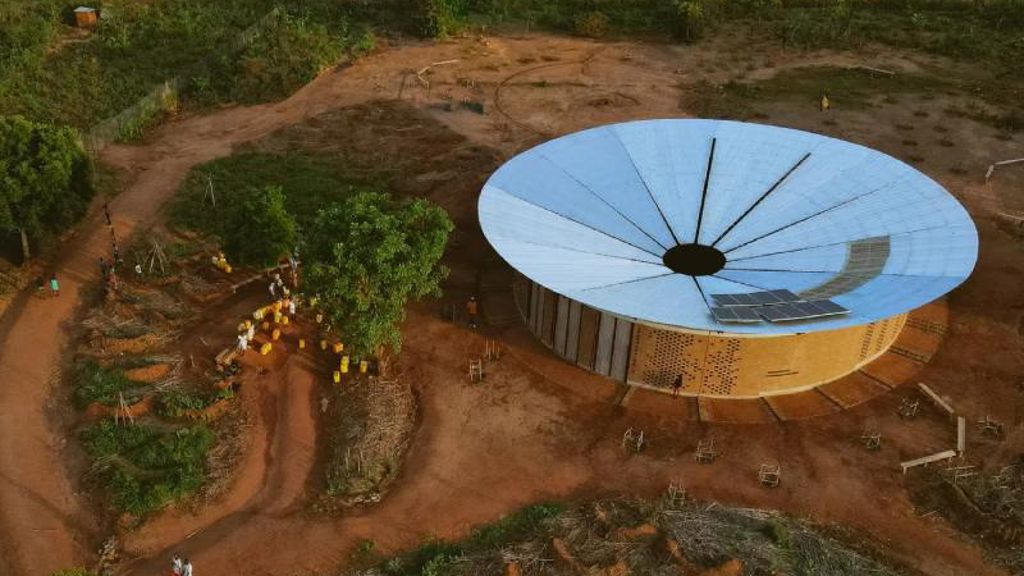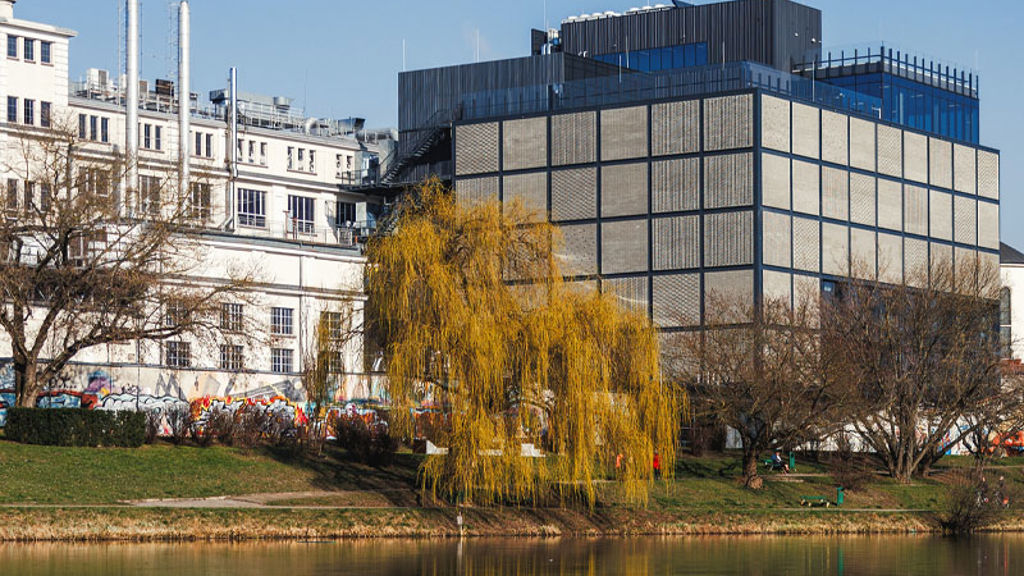The Art Gallery of New South Wales new building, Naala Badu has doubled the Gallery’s exhibition space creating a new, collaborative and immersive landscape for the public to experience and enjoy art in all its forms.
We worked on this project from concept to completion, providing more than 15 disciplines, including civil, structural, and acoustic consulting, lighting design, fire and hydraulic engineering and security advisory services.
Our work started in 2015 when we partnered with SANAA to bring their international design competition winning vision to life. From 2016 we led the engineering design for the project and followed with construction supervision to Richard Crookes Constructions.
SANAA’s design responds to the site’s natural topography, with interlocking pavilions that nestle into the surrounding landscape and integrates the land bridge over the Eastern Distributor motorway below and the subterranean heritage structures. Each pavilion connects with the outdoors – roof terraces, courtyards, public walkways, and a 24/7 accessible art garden. The design repurposes and transforms an underground heritage WWII naval oil tank into an immersive art space.
The light and expansive design includes a new prominent destination for Aboriginal and Torres Strait Islander art, performance overlays and education facilities catering for community and student activities. With increased space, the Gallery can showcase more of its outstanding collection and attract more of the best national and international exhibitions to Sydney.
The new building Naala Badu connects people across Sydney’s eastern cultural precinct – from Woolloomooloo to the CBD – while taking in the natural beauty of the Royal Botanic Garden, Sydney Harbour and the Domain.
Turning complexity into elegance
The Gallery’s unique location and steel-framed pavilion required creative thinking and smart structural solutions to realise SANAA’s architectural vision.
Through close collaboration and careful modelling, our structural engineers determined the right place for the structure over the land bridge. This approach saved costs and time by eliminating the need for strengthening and major road closures. Detailed investigation, assessments and analysis of the oil tank structure minimised the need for strengthening and preserved the original construction for the next generation.
Working closely with SANAA and Architectus, our structural engineers achieved the vision for a high-quality gallery experience. Detailed analysis helped minimise column sizes and eliminate bracing in the entry canopy and pavilions. Non-linear time history analysis was undertaken to verify the seismic performance of the fully integrated chain of pavilions that step up the hill and further verify the sway columns. Connections are subtle and clean, and structural arrangements and load paths simple and direct wherever possible.











